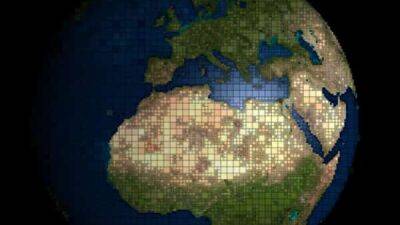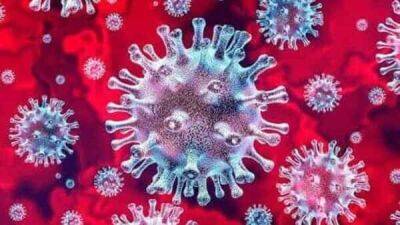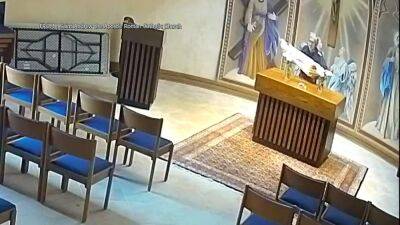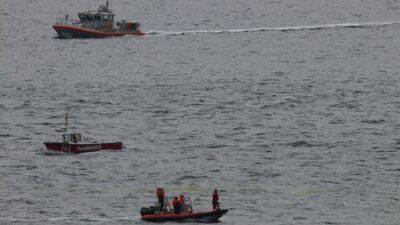10 years and counting: NASA’s Curiosity continues its exploration of Mars
NASA says there have been plenty of accomplishments that will keep scientists busy for years to come.Instruments on the Rover have taken almost half a million images and analyzed dozens of terrain samples.
The treasure-trove of data has resulted in more than 800 research papers, many with the common theme that try to answer the age-old question: Does life exist beyond Earth?Curiosity is the largest rover ever sent to Mars. (NASA) During the decade at its new home, the rover has made plenty of discoveries that have furthered scientists’ knowledge about solar system.Many of the findings have come through the use of the Sample Analysis at Mars tool, otherwise known as SAM.SAM is made up instruments that measure a collected sample’s composition.Through drilling, the rover has found carbon, oxygen, hydrogen and other elements that are considered the building blocks of life.SAM is made up of instruments that search for and measure organic chemicals. (NASA) Additionally, the spacecraft has found traces of methane, which scientists say is usually only produced by living organisms or by chemical reactions with water.The space agency says the discoveries make it clear that conditions were suitable for life tens of millions of years ago on the Red Planet.In addition to terrain samplings, the rover continuously records radiation levels and weather data.Some of the radiation intensities have been higher than what NASA would allow astronauts to be exposed to in the event of human exploration of the planet."We’re seeing evidence of dramatic changes in the ancient Martian climate," said Ashwin Vasavada, a scientist at NASA’s Jet Propulsion Laboratory. "The question now is whether the habitable conditions that Curiosity has found up to.
Read more on fox29.com






































